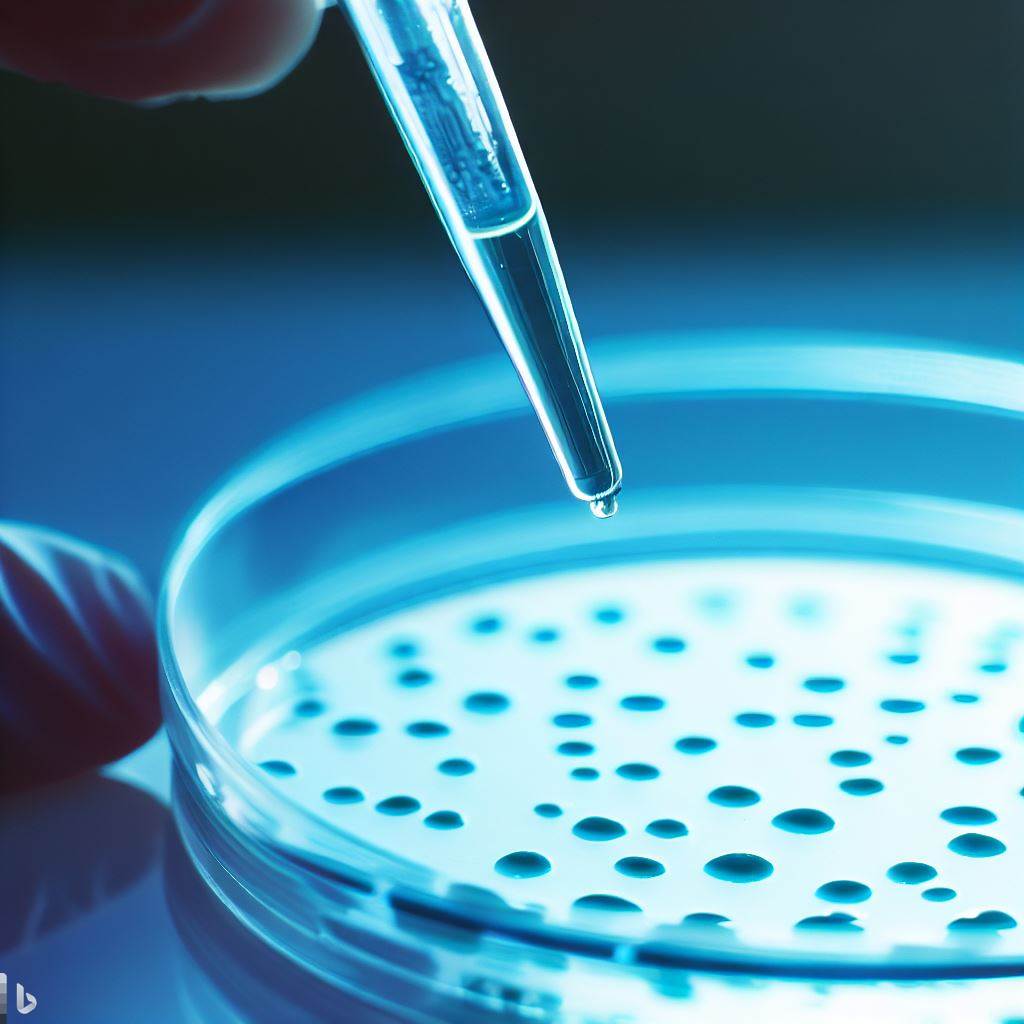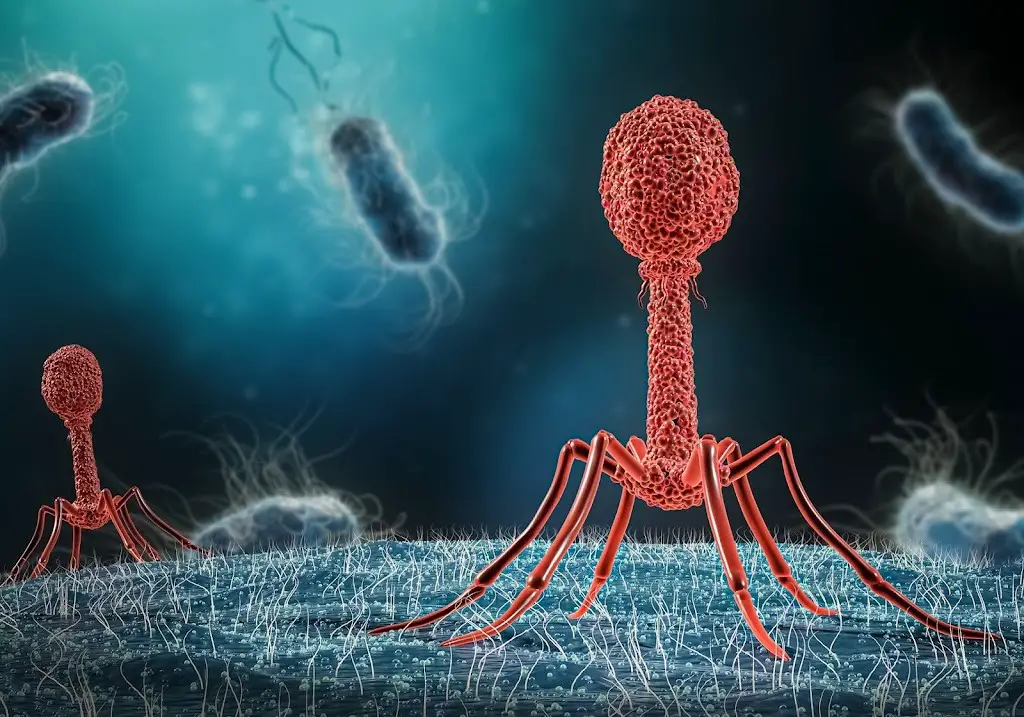This protocol was designed for microbiome analysis in sputum (although other samples can be used with slight modifications) and was adapted and used in this article by Burgener et al for phage DNA extraction you can use the isolation-of-phage-DNA-miniprep-protocol.
In brief, if necessary for aliquoting, neat sputum will crudely be homogenized with 5–10 pumps of 18 g needle and syringe. Approximately 200 μL of neat sputum will be added to a 2.0 ml tube filled ∼1/5 by volume with 1 mm ceramic beads. Proteinase K (20 μL) and buffer AL (Qiagen) (200 μL) from the QIAamp DNA Mini Kit by QIAGEN will be added before the samples undergo mechanical bead beating (MagNA Lyser Instrument) for 60 s at 6500 rpm followed by 2–3 min of cooling and the second round of 60 s at 6500 rpm. The homogenate will then be incubated for lysis and disinfection. DNA extraction will then be performed as per the manufacturer’s protocol for tissue starting with the steps after buffer AL (Qiagen) addition. DNA will be eluted by adding 200 μL of elution buffer AE (Qiagen). This is described in detail below. |
| DNA extraction |
Protocol for Mechanical Dissociation and DNA Extraction
Reagents
• Ethanol
• Proteinase K and buffers from QIAmp DNA Mini Kit
Equipment
• 18-Gauge needles
• 3 mL syringes
• Pipettes
• Ceramic beads (1 mm) and 2 mL impact-resistant sterile tubes with a screw cap
• Mechanical homogenizer such as MagNA Lyser Instrument (Roche)
• Dry block incubator
• 2 mL spin columns from QIAmp DNA Mini Kit
• 1.5 mL Eppendorf tubes
• Vortex mixer
• Centrifuge
Protocol
- Thaw sputum at room temperature
- If unable to pipette sputum, then use 18 g needle to homogenize, 5–10 slow pumps up and down. Then pipette 200 μL of sputum sample in bead beating tube with ∼1/5 filled with ceramic beads
- Add 20 μL of proteinase K and 200 μL of buffer AL (Qiagen) to the sample
- Vortex for 15 s
- Bead beat for 30 s at 6500 rpm on MagNA Lyser Instrument. Place in a cooling rack for ∼1 to 2 min. Beat again for 30 s at 6500 rpm.
- Incubate at 56°C for 10 min
- Incubate at 95°C for 5 min for lysis and disinfection
- Add 200 μL ethanol to the sample in the bead beating tube
- Vortex for 15 s, followed by brief centrifuging of the tube
- Carefully apply the mixture to the QIAmp spin column in a 2 ml collection tube. Centrifuge at 6000 g for 1 min
- Place the column in a clean 2 mL collection tube. Pour the flow through into a toxic waste bottle (buffer AL contains guanidine hydrochloride) and discard the empty collection tube
- Add 500 μL wash buffer AW1 (Qiagen) to the spin column. Centrifuge at 6000 g for 1 min
- Place column in a clean 2 ml collection tube (kit). Pour the flow through into a toxic waste bottle (buffer AW1 contains guanidine hydrochloride) and discard the empty collection tube
- Add 500 μL wash buffer AW2 (Qiagen). Centrifuge at 20,000 g for 3 min
- Place the column in a clean 1.5 mL Eppendorf tube (not provided by kit) and discard the tube containing the flow-through (buffer AW2 (Qiagen) does not contain guanidine hydrochloride)
- Add 200 μL elution buffer AE (Qiagen). Incubate at room temperature for 5 min
- Centrifuge at 6000 g for 1 min
- Store DNA at −20°C or −80°C
Nucleic acid measurement
The yield of nucleic acid after DNA extraction can be measured using a NanoDrop 2000 Spectrophotometer (Thermo Fisher Scientific) in 2 μL of the sample.



